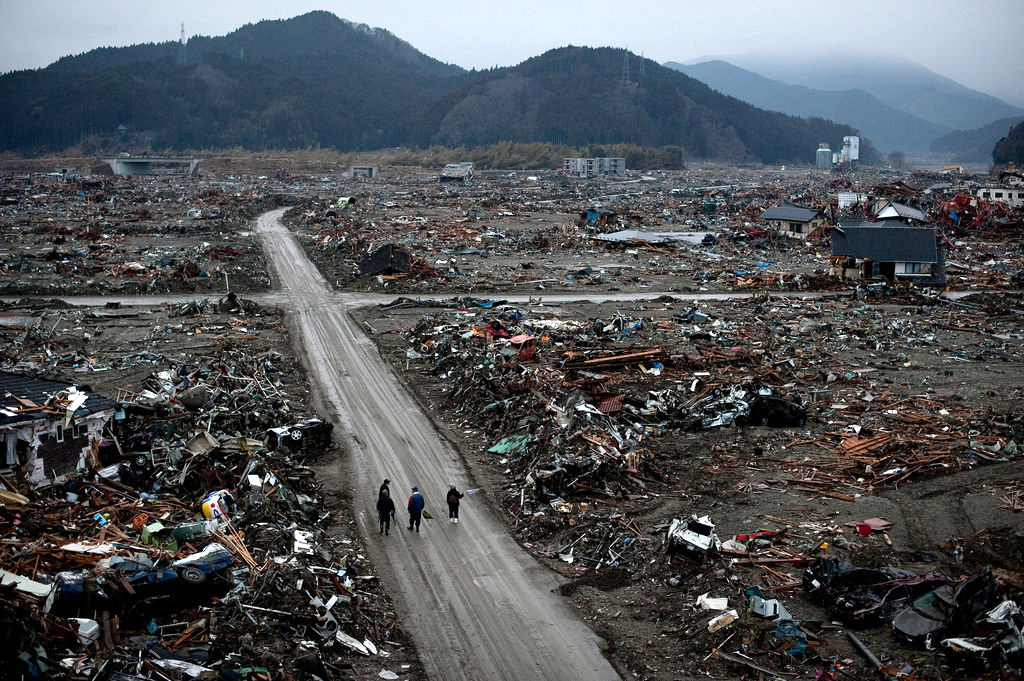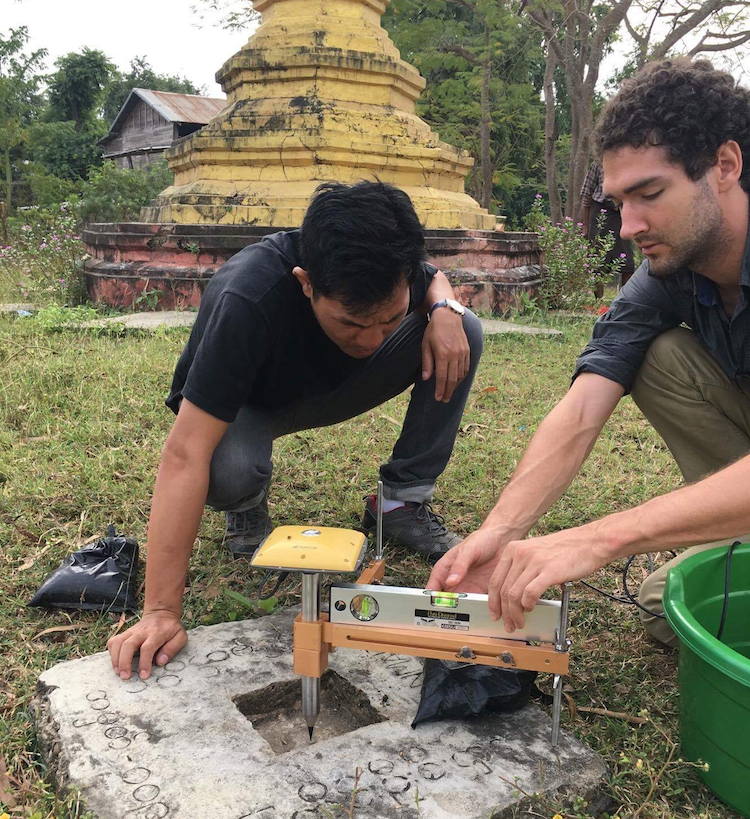The magnitude-9 earthquake and associated tsunami that hit Japan in March 2011 illustrates the devastating power of earthquakes from subduction zones – boundaries where two tectonic plates converge, as one plate dives beneath the other. These are earthquake-prone regions that pose a threat to millions of people worldwide, especially in Southeast Asia. To help forecast such hazards, two new studies from the Earth Observatory of Singapore (EOS) investigated how these subduction zones work. The studies, published in Nature Geoscience, show that existing hazard assessments from subduction zones worldwide need to be updated.

Earthquake and tsunami assessments mostly rely on our knowledge of past events and of physical processes describing how one plate dives under the other at subduction zones. The more we know about these past events and physical processes, the more accurate the hazard assessments can be.
However, these assessments have so far mostly considered that only the deeper portion of the subducting plate can get stuck at the plate boundary while the rest of the plate boundary is slowly slipping. Where a plate boundary gets stuck – or locked – it stores strain over time, eventually releasing the accumulated strain during earthquakes. If these earthquakes suddenly deform the seafloor, they can generate powerful tsunamis.
Findings from a new study show that when the deeper portion of the subduction zone stores strain, the shallower part of the plate boundary cannot slip. This slip must happen at some other time, likely associated with earthquakes, increasing the potential for seismic and tsunami hazard from subduction zones. This study was led by Assistant Professor Eric Lindsey of the University of New Mexico, who conducted the work while a Research Fellow at EOS. "If these areas can slip seismically, the global tsunami hazard could be higher than currently recognised," said Asst. Prof Lindsey.
The research team showed that their model better explains how the ground deformed during the build-up of the 2011 Japan earthquake. They have devised a new method that future studies can use to locate the regions of the subduction zones that can generate earthquakes, paving the way for better earthquake and tsunami assessments worldwide.

Armed with this new understanding of how the shallow part of the subduction zone works, Mr Rishav Mallick, a PhD student working with the EOS Geodesy group, led a study to reassess the events leading up to the 1861 Mw 8.4 Sumatra earthquake. This powerful earthquake originated at the boundary of two tectonic plates along the Sunda megathrust and generated a devastating tsunami.
By examining how the ground subsided prior to the 1861 earthquake, the scientists found that the tectonic plates were locked for at least 90 years from 1738 to 1829. Following this period, the tectonic plates spontaneously slipped past each other at an accelerated rate for the next 32 years. This movement, called a slow-slip event, did not generate destructive ground shaking.

This second study suggests that this slow-slip event occurred because of migrating fluids in the shallow part of the subduction zone. These fluids likely were expelled from the subducting plate as it encountered increasing pressure and temperature on its path into the Earth’s mantle.
Using their new method to detect slow-slip events from ground displacement, the scientists found that such an event is likely ongoing in a region close to Enggano island, located off the southwestern coast of Sumatra.
Even if these slow-slip events do not generate major ground shaking, they can affect nearby faults and lead to damaging earthquakes. "The method that we adopted in this paper will be useful for future studies to improve hazard assessment from other subduction zones worldwide," said Mr Mallick.
This research was supported by the National Research Foundation of Singapore, the Singapore Ministry of Education, and the Indonesian Institute of Sciences (LIPI).